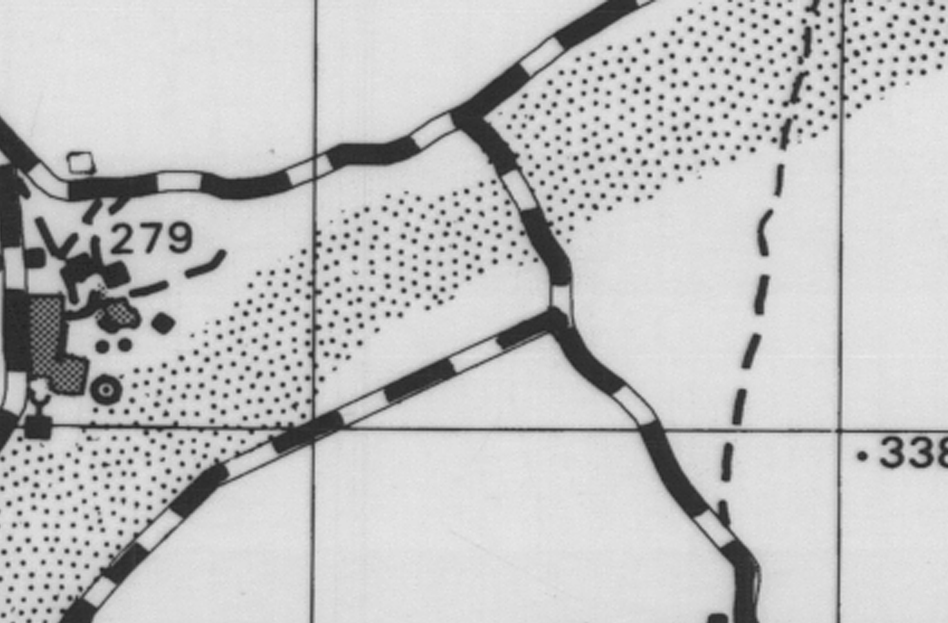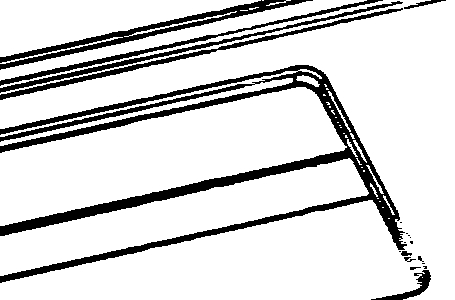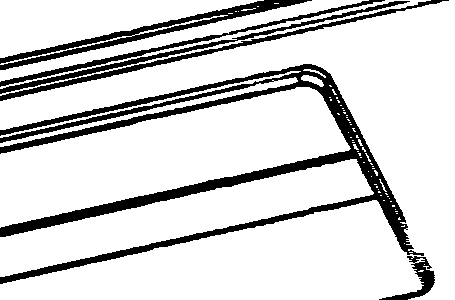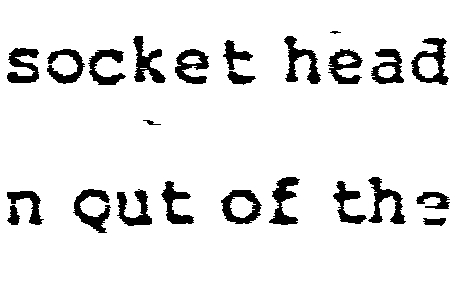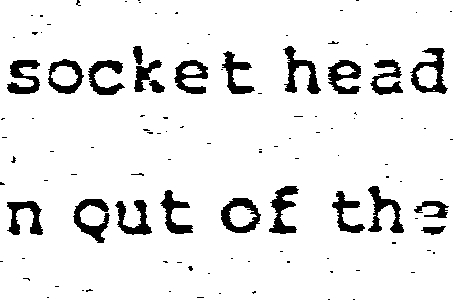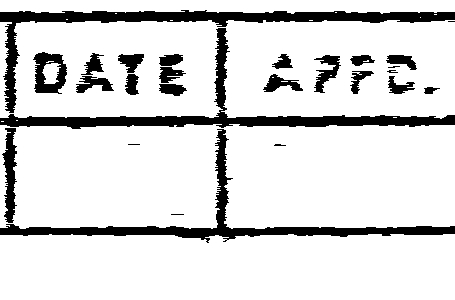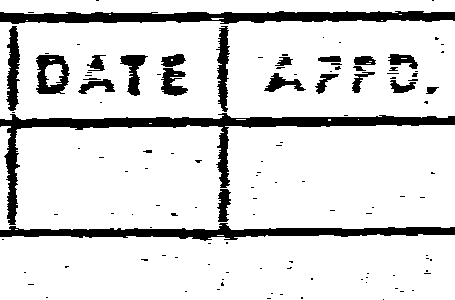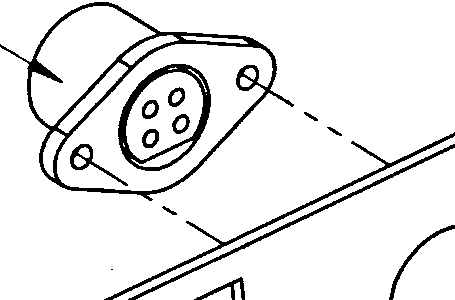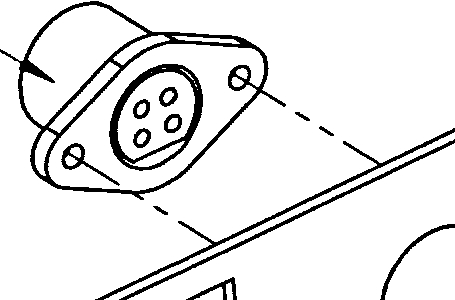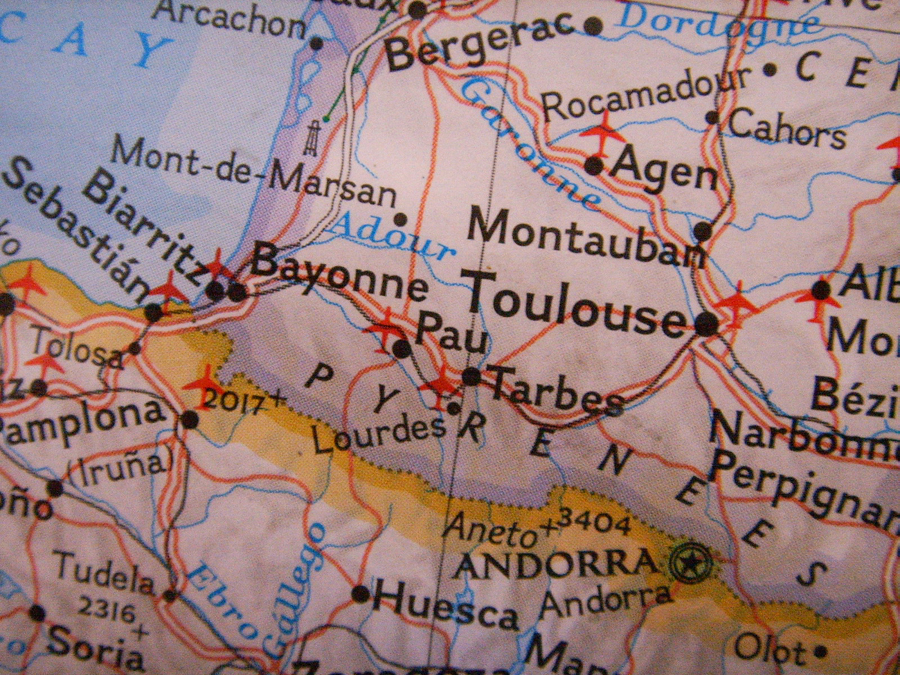Posted in Press Releases on August 23rd, 2004
Colortrac announces a new range of large format technical document scanners – SmartLF
This all-new scanner is designed to provide sharp, fast large format document scans for professional and corporate users in any size of enterprise – at a very affordable price and without compromise in performance.
 SmartLF uses the latest digital imaging technology – contact image sensors (CIS) – as found normally in small format flatbed desktop scanners. Colortrac has successfully combined several ‘deep focus’ CIS devices to create a digital scanner capable of high speed, 2400 dpi input of very sharp, fine image details from originals up to 40″ wide, in 24-bit color or black and white.
SmartLF uses the latest digital imaging technology – contact image sensors (CIS) – as found normally in small format flatbed desktop scanners. Colortrac has successfully combined several ‘deep focus’ CIS devices to create a digital scanner capable of high speed, 2400 dpi input of very sharp, fine image details from originals up to 40″ wide, in 24-bit color or black and white.
Unlike CCD scanners, SmartLF provides instant, high quality scans from power-on and lower cost of ownership with its fully automatic color calibration, no sensor alignment and low power consumption – (this makes it friendly on the environment too). Simple, compact, lightweight and easy to install and use, SmartLF is ideally suited for office or mobile scanning applications in the CAD, AEC, GIS and other technical imaging markets.
The scanner is available in 3 models, upgradeable in situ from monochrome to color and in color scan speed, with a range of standard and optional scan/copy software. Archiving, copying or e-distribution of maps, AEC and CAD drawings, lineart or text is simple, quick and easy.
Colortrac SmartLF scanners are manufactured at Colortrac’s factory near Cambridge in the UK.
CIS Technical Overview
SmartLF has 5, close-spaced, 400 dpi ‘deep focus’ contact image sensors (CIS). Each CIS is approximately 8.5″ long and contains 3,400 image sensors. The diagram is a cross section provided for illustration purposes only and is not an accurate representation or to scale of the actual devices used.

CIS technology uses a single line monochrome sensor with a simple lens dedicated to each pixel and captures color images by measuring, in sequence, the intensity of red, green and blue light reflected off the original. This differs from CCD devices that typically have 3 line sensors each with a red, a green or a blue filter, an expensive lens requiring complex mechanical alignment and a white light to illuminate the original being scanned. SmartLF scans monochrome images simply by using all 3 light sources simultaneously to create white light. This is similar to CCD scanners that have 4 line sensors – R, G, B + monochrome with white fluorescent illumination. The benefit is perfectly registered monochrome pixels with sharper transitions between black and white image details. The proximity of the CIS (as its name suggests) to the original image helps to minimise optical distortion and chromatic aberration unavoidable in CCD camera lens design. CIS scanners are characterised by their ability to capture fine image details very sharp and crisply defined. It is not all win though, for full color photographic and graphic art documents with a wide color gamut and dynamic range, CCD scanners are capable of capturing more shadow and highlight detail. Happily for SmartLF / CIS, this requirement represents a relatively small volume of the large format documents that require archive or copying.



